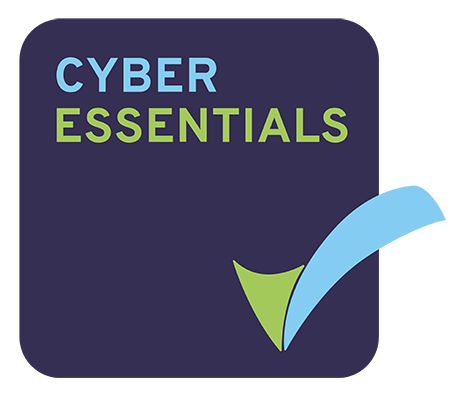7 ways your business can fall victim to a cyber attack
6th June 2023

Businesses need to be on “high alert” to the growing threat of cyber attacks, a leading tech expert says today.
Roy Shelton, the CEO of the Connectus Group, said there are seven main threats which SMEs are currently battling against. He warned: “Those behind cyber attacks are becoming ever more skilful and sophisticated in the methods they use. That’s why businesses, of all sizes, really need to be on the high alert to the risks.”
Explaining the seven main threats, Mr Shelton said they consisted of:
- Data Breaches: One of the primary concerns for SMEs is the theft or unauthorised access to sensitive data, including customer information, financial records, intellectual property, and employee data. Data breaches can lead to repetitional damage, financial losses, legal liabilities, and loss of customer trust.
-
Ransomware Attacks: Ransomware is a type of malicious software that encrypts data on infected systems and demands a ransom to restore access. SMEs are often targeted because of their potentially weaker security infrastructure and limited resources to invest in robust cybersecurity measures. Ransomware attacks can cause operational disruptions, financial losses, and data loss if backups are not available.
-
Phishing and Social Engineering: Phishing attacks involve tricking individuals into providing sensitive information or downloading malicious attachments or links. SMEs are vulnerable to phishing attacks as they often lack dedicated security awareness training programs for employees. Successful phishing attacks can lead to unauthorised access to systems, compromised user accounts, and potential data breaches.
-
Malware Infections: SMEs can fall victim to malware infections, including viruses, worms, trojans, and spyware. Malware can infiltrate systems through various means, such as malicious email attachments, infected websites, or unpatched software vulnerabilities. Once inside the network, malware can compromise data, disrupt operations, and enable further attacks.
-
Insider Threats: Insider threats involve intentional or unintentional actions by employees or contractors that compromise the security of the organisation. This can include unauthorised access to data, theft of sensitive information, or accidental disclosure of confidential data. SMEs may face challenges in implementing strict access controls and monitoring systems, making them more susceptible to insider threats.
-
Third-Party Risks: SMEs often rely on third-party vendors, suppliers, or cloud service providers for various IT services. However, if these third parties have inadequate security measures, it can introduce vulnerabilities and increase the risk of data breaches or unauthorised access to sensitive information. SMEs need to carefully assess the security practices and compliance of their third-party partners.
- Lack of Resources and Expertise: SMEs typically have limited budgets and may not have dedicated IT staff or cybersecurity experts. This lack of resources and expertise can make it challenging to implement and maintain effective cybersecurity measures, leaving them more exposed to potential threats.
He added: “To mitigate these threats, SMEs should prioritise cybersecurity measures such as implementing strong access controls, regularly updating software and systems, conducting employee awareness training, performing backups, and utilising robust security solutions like firewalls, antivirus software, and intrusion detection systems. It’s also essential to have an incident response plan in place to minimise the impact of any potential cybersecurity breaches.”













